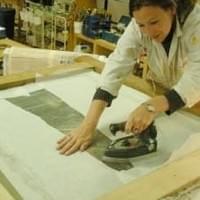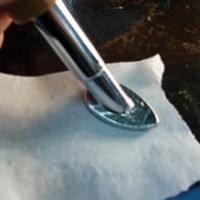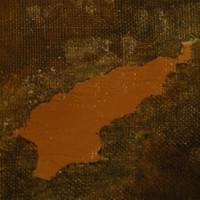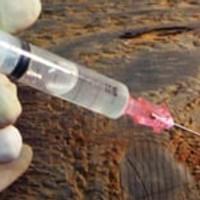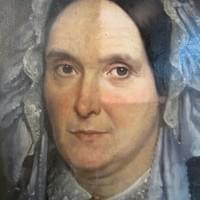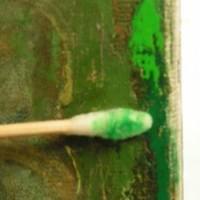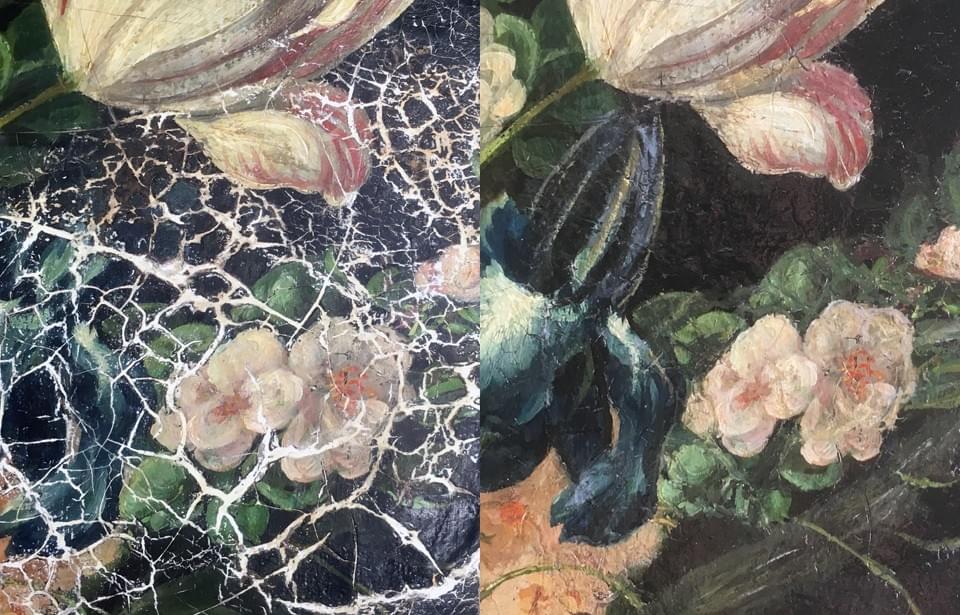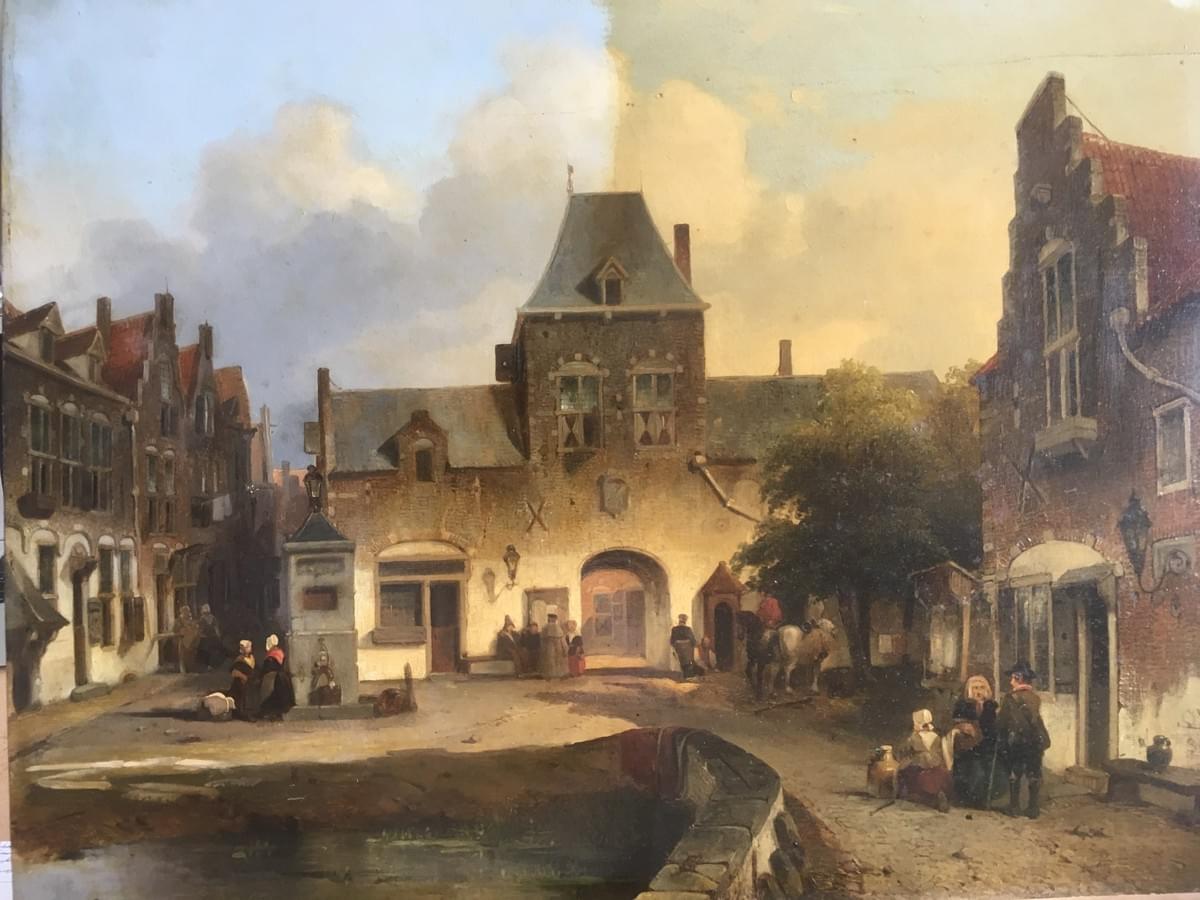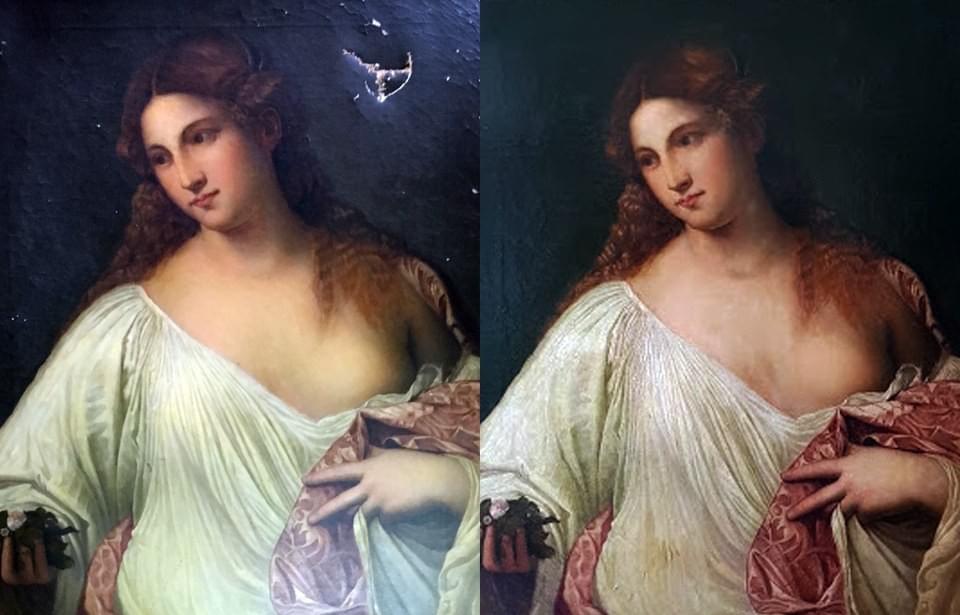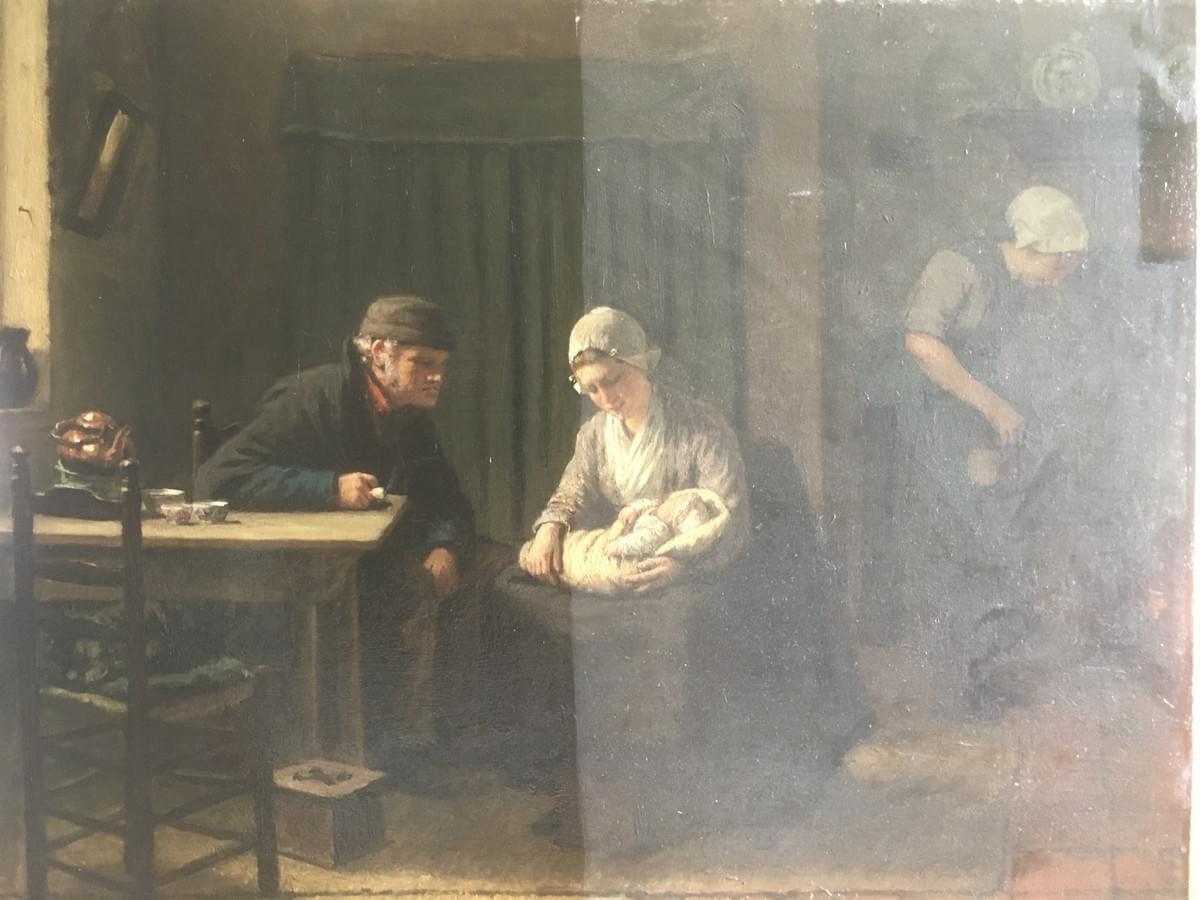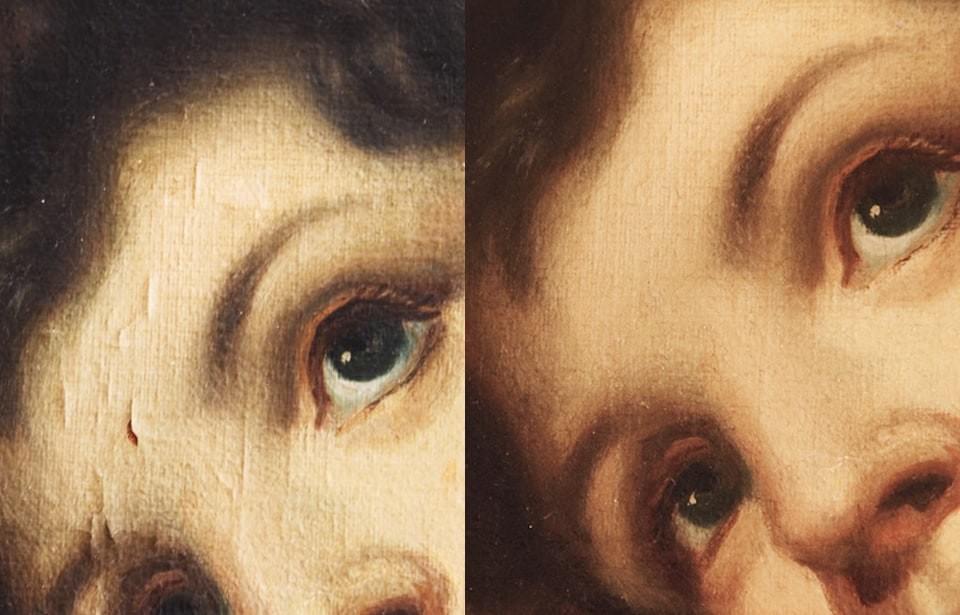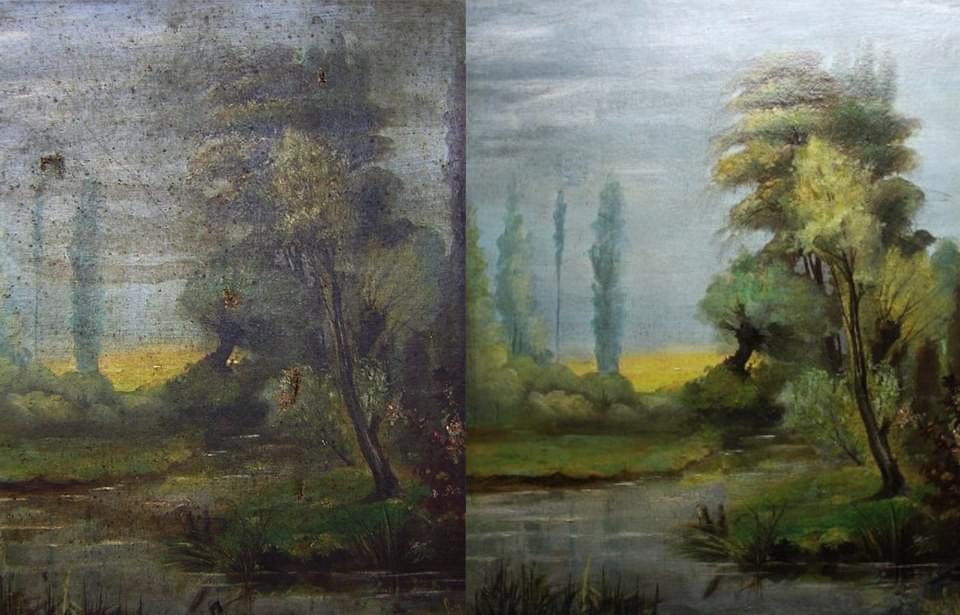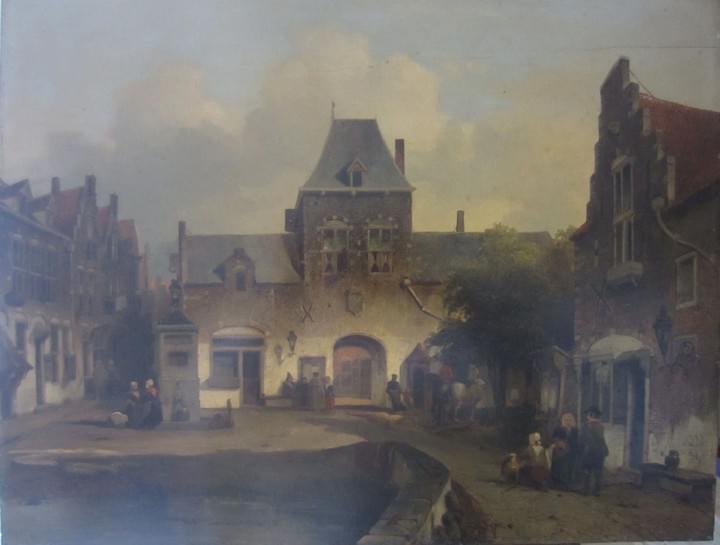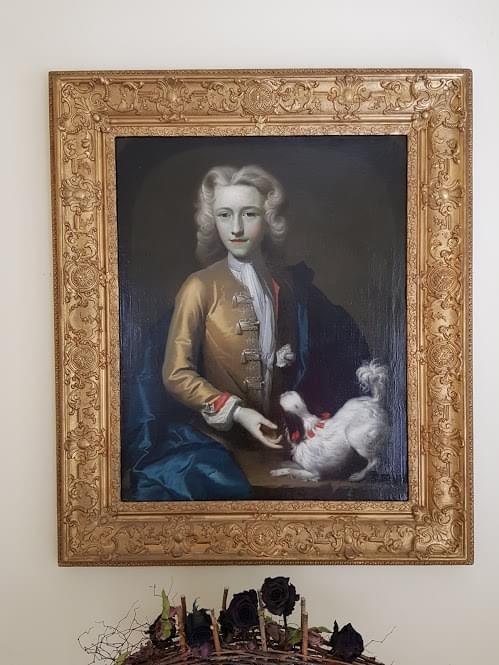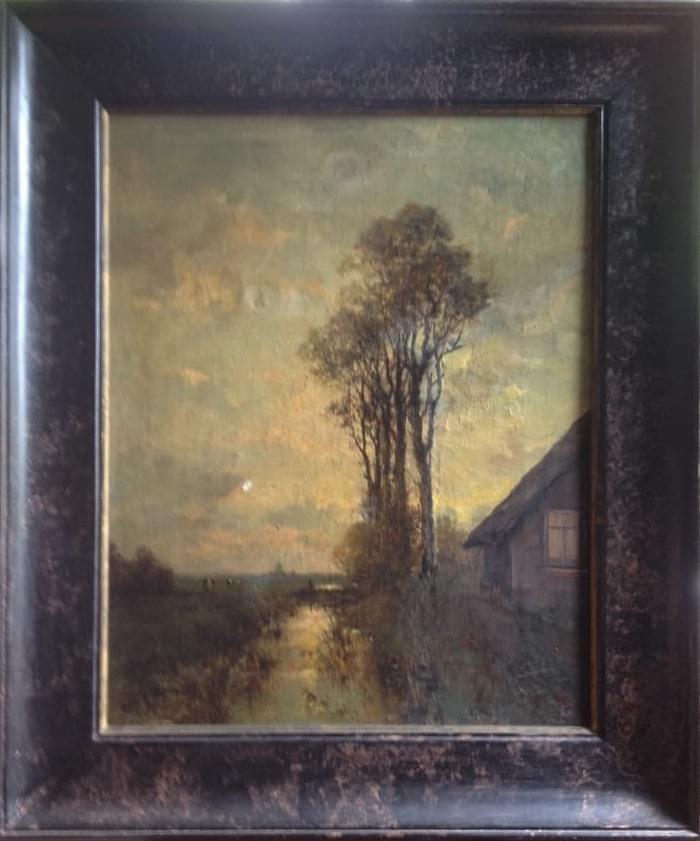
Fine Art Restoration
Fine Art Restoration
Renaissance Tableau
Renaissance Tableau

About

Else Lapierre-Carden
I am a French fine art conservator who is passionate about art. After my degree at the Atelier du Temps Passe, I worked for several years in a Paris workshop with other conservators restoring paintings on wood, copper and canvas dating from the 16th Century to the present. I started my own workshop in 2014 in Auckland (New-Zealand). After 10 years working there I moved in Haarlem (the Netherlands). 2024 is a new start of the workshop !
I have completed numerous projects for both individuals and professionals, always driven by the Code of Ethics of this rewarding profession.
I am a member of "Restauratoren Nederland" association (Vereneiging voor Conservering en Restauratie).

Qualifications & Work History
National Degree in Conservation of Paintings & Polychrome’s Objects Restaurateur-Conservateur de tableaux & d’objets d’art polychromes, titre CNCP homologué par l’État), 2008. Atelier du Temps Passé, Paris, France www.atelierdutempspasse.fr
Since 2024, Haarlem, the Netherlands
2014-2023, Auckland, New-Zealand
Private Practice, Renaissance Tableau, www.renaissancetableau.com
2009-2013, Paris, France
Private Practice, Atelier Desautez-Quenessen, www.atelierdesquen.fr
2005-2008, Paris, France
* Studio Assistant, J. Agneray conservation studios, www.metiersdartpaysdauge.fr
* ADAC Association de Développement des Activités Culturelles,

Fine Art Restoration
Art conservation is an exciting and challenging multidisciplinary field that involves the examination, interpretation, analysis and treatment of cultural, historic and artistic objects. Professional conservators rely on their knowledge of both the humanities and the sciences in order to understand the creation and production of material culture in the past and present and to ensure its preservation for future generations.
The aim of the professional conservator is to stabilize, uncover, reveal and preserve the integrity of the original artwork, through minimal, well-documented treatments. Formal training and high standards of practice inform the conservator’s selection of stable, reversible materials and sensitive treatment methods, adjusted to each specific case.
Preventive conservation, including proper framing, environmental conditions, lighting, storage, handling and transportation are also important concerns. Ethical principles guide the conservator’s work, as detailed in the E.C.C.O (European Confederation of Conservator-Restorers) Code of Ethics. This publication may be viewed at:
https://www.restauratoren.nl/wp-content/uploads/e.c.c.o-20code-20in-20ned.pdf

The Workshop
The purpose-built workshop in Haarlem comprises a complete range of the required specialist tools.
Equipment includes a full-size pressure-heating table which is able to simultaneously apply consistent vacuum pressure and heat across large surfaces. This is essential for complex operations such as the conservation of damaged canvas. Ongoing research into the latest techniques and chemical products helps ensure best practices so that work is both reversible and stable over time.
Services
Conservative Restoration
After a deep diagnosis of the painting, the restoration service focuses on treating damage and consolidating the structure through minimal interventions if possible. The studio undertakes a wide range of conservation and restoration work which includes removal and treatment of mould, support and surface consolidation, strip and full lining, tear mending, flattening (removal/ reduction of distortions), restretching. The emphasis is on conserving the painting and preventing the further evolution of problems.
Aesthetic Restoration
Once the preservation of the painting has been assured, the careful process of its aesthetic restoration can begin. Particular attention is paid to aesthetic integrity and the respect of historical meaning. Usual steps are dirt removal, varnish lightening, retouching of missing parts, and appropriate varnishing.
Portfolio
Recent projects before and after completion

Fleurs

Dutch Village
Oil on linen canvas 18th Century

Portrait de Flore
copy after Titian, 19th Century

Portrait de Famille
Oil on linen canvas Dutch Family, 19th Century

Detail Jeune Homme
Oil on linen canvas, 19th Century
Paysage
Oil on linen canvas, 19th Century
2 barques...
Oil on linen canvas, 19th CenturyContact
Quotes and Examination of Work
A condition report, treatment proposal, and an estimate of cost are prepared after examination of the work. There is no cost for this service if the client does not wish to proceed.
The major cost of any restoration work is time. Estimates by telephone cannot be given without having first inspected the artwork. Although estimates cannot be given without sight of the painting, a lot of issues can be clarified in a telephone call, or by a short visit at a convenient time.
Terms and Conditions
No treatment will commence until the “Client Agreement” has been signed by the Client and returned to the conservator with a 30% deposit of the total amount.
Certain operations, such as cleaning and removal of discoloured varnish, will often alter the appearance of the painting – for example brightening of colours. Any concerns should be discussed prior to work commencing.
The recommended treatment may be modified or supplemented to a reasonable degree at the sole discretion of the conservator after the treatment has commenced. In the event that substantial changes to the recommended treatment prove necessary or advisable, the conservator will not proceed without the authorization of the Client. Such changes may require an adjustment to the estimated cost of the treatment. The Client will receive a detailed treatment report describing the treatment which was carried out.
All work will be carried out in accord with the Code of Ethics of the Professional Conservators Group.
Insurance coverage for the works of art while in transit and in the conservators care is the responsibility of the Client.
Packing and transportation cost are not included in the treatment estimate.
Photographs taken to document the treatment may be used for limited educational purposes in the future. All Client details shall be kept confidential.
Preventive Conservation at Home

What is Preventative Conservation?
Preventative conservation refers to the abating of potential deterioration and damage to a painting through previously designated policies and procedures surrounding the object’s storage and handling. These measures and actions are indirect – they do not interfere with the materials and structures of the items. They do not modify their appearance.
Light, heat, moisture, air pollutants, dust, dirt, insects, physical vibration and impact can lead to slow deterioration of, or sudden damage to, a painting. Paintings in art galleries and museums are kept in conditions which protect them from those things which cause material deterioration.

Rules for the conservation of artworks
Temperature/ relative humidity
Temperature and humidity control is an important factor in conserving artwork, as high temperature and humidity level can result in fungi or wrinkling in the art work, and low humidity can produce art works to peel off or crack. The appropriate temperature and humidity setting differs for each art work and material, but generally, a stable temperature between 18-20℃ and humidity level between 50-60% should be kept. (e.g. the Mona Lisa is kept at 19℃ and 55% relative humidity).
Lighting
Light (visible or invisible, natural or artificial, ultra violet and red rays) causes chemical changes in many materials used in paintings.
Ultra violet: yellowing and darkening of varnishes, discolouration of certain pigments, binders/ adhesives/ coating dissociation, varnish whitening.
Ultra red: (temperature increase) deterioration caused by the heat (natural light or halogens)
Make sure to put the lights distant from the painting. Use spots with a light illumination level below 180Lux for oil paintings and below 40 Lux for inks.

Dust, dirt, air pollutants, insects
Dust is composed of minute particles including some hard substances that can scratch paint or varnish if rubbed against the surface of a painting. Some types of dirt, including insect debris, can contain acidic components which eat into the paint surface. Similarly, industrial air pollutants can affect the paint or the finish on a frame. It is important to keep paintings free from dust and dirt and away from air pollutants.
Physical vibration or impact
Many paintings are on stretched canvas which is very susceptible to vibrational forces. Paint loss can eventuate from continual or excessive vibration. Paintings which travel from gallery to gallery are always transported in protective crates with foam padding to reduce vibration from movement and shock. Poor handling can result in severe damage to an artwork. Museums and galleries have guidelines and standards for moving works of art.
Biological factors
Artworks made of organic materials need special care and attention, as the nature of their material makes them highly susceptible to damages from microorganism (insects, fungus). Make sure your painting is avoiding dust and humidity.
Testimonials
Sara / "My Exhibition, vintage + art" (Auckland)
Else is a skilled restorer who has done a wonderful job on old oil paintings that I sell via my vintage and art business. She also takes time to research the provenance and authenticity of works, which I very much appreciate. I would not hesitate to recommend Else for any art restoration that needs care and attention.
André Hendriks (Auckland)
As a child, I have always been impressed by this painting, for me a classic image from how it used to be when my parents were young. During my last visit back home in Holland, they asked me if I wanted this painting at my house in New Zealand. I came back with this painting, but it needed cleaning and restoration.
Having Else taken care of this, I was amazed by the result of how bright and detailed the painting was. I'm very pleased with the work, and happy to have this painting hanging on my wall in the living room.
I made a good choice by asking Else to help me.
B & D (Auckland):
‘We entrusted Else to work on our treasured painting from 1780 and Else was very professional with absolute meticulous attention to detail throughout the entire process. We are very happy with the final result and we highly recommend Else and her excellent services.’
Sabine de Crevoisier (New Plymouth)
I had a small seascape painted on wood around the early 1900. It had been badly neglected in a very dry heavy smoker’s apartment for many years. It had turned brown and dull, and people had tried to clean it with potato and with milk, which did not help. When Else Carden was working on it, she told me there was pink under the grime. The scene is a delicate seascape at sunset or sunrise with a pink sky, five ships, white horses and a pale sea with reflected pink light. We had never seen the pink and all the ships before.
Else worked effectively, she studied the painting, then told me what she would do. She has a very professional approach and communicates clearly. Else has high standards and this little painting has taken a new lease of life.
John Carden (Auckland)
Els did an incredible restoration of an heirloom oil painting which was badly damaged by sea water.She did a meticulously good restoration with amazing sensitivity and detail to the artists techniques. I was more than satisfied and would recommend her highly.
Jill H. (North Shore, Auckland)
Else has done an amazing job restoring initially three of my paintings, I was so happy with what she did, that I asked her to do three more. Her final result was so spectacular that I could not see the repairs at all. She cleaned all the paintings giving them a new lease of life, details appeared that had previously been hidden under decades of dirt, or from a previously unprofessional repair job done by others. Else also touched up some of the gilt frames that had been damaged. A fabulous unexpected service. I am more than delighted. I would highly recommend Else, she really does a meticulous job.





